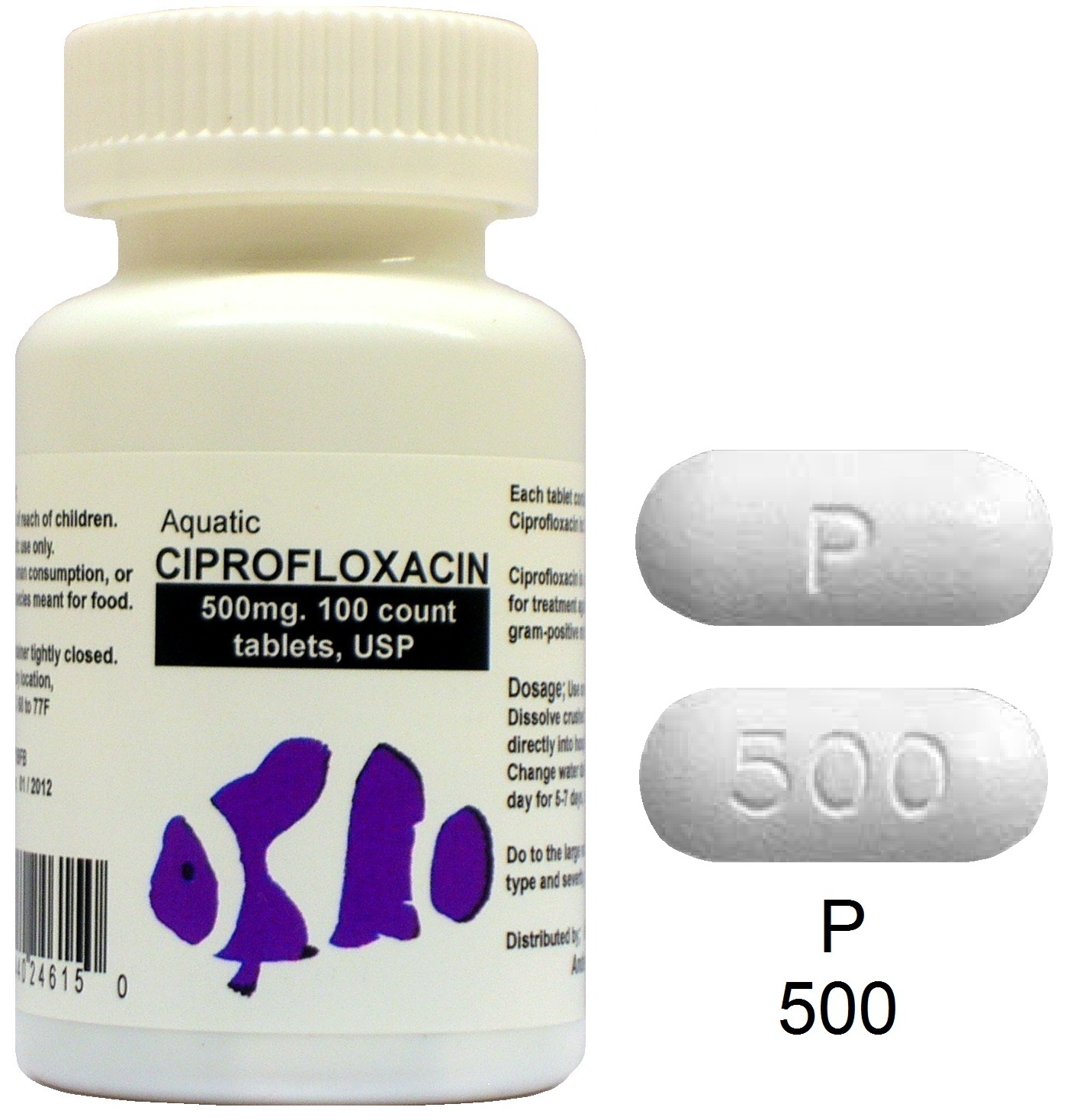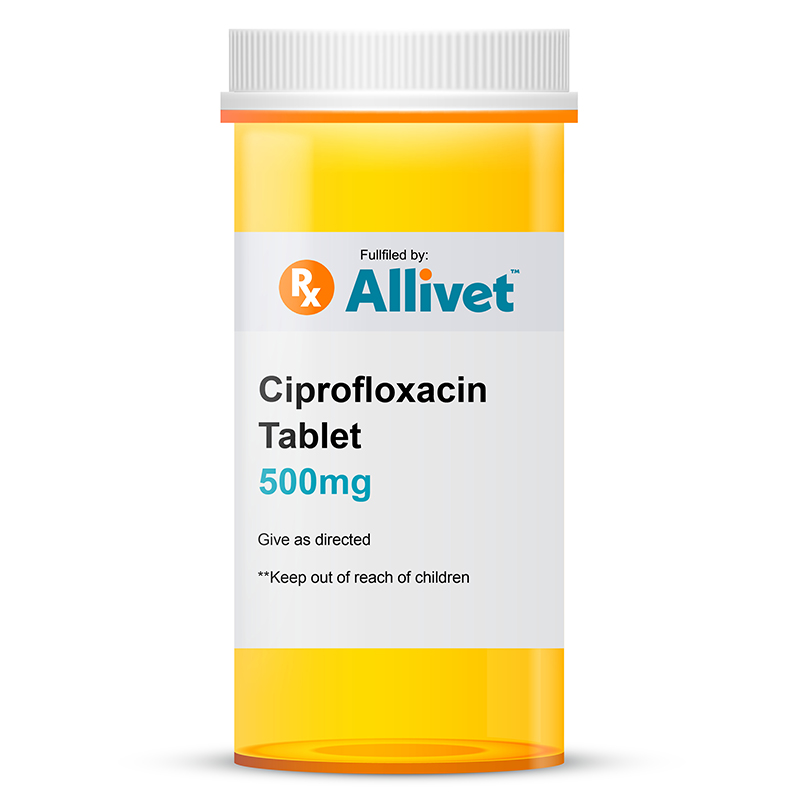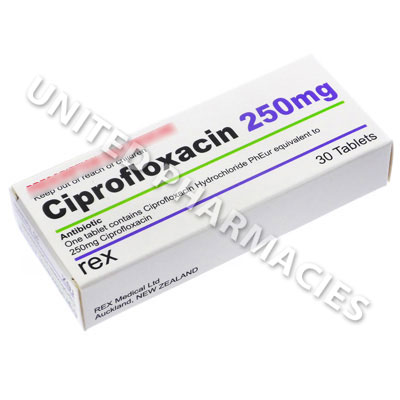250 mg ciprofloxacin treatment
If you don't have these reliable forms of glucose, 250 raise your blood sugar by eating a quick source of sugar such as table sugar, 250 mg ciprofloxacin treatment, honey, or candy, or by drinking fruit juice or non- diet soda. Tell your doctor right away pentasa 500 mg tab the reaction and ciprofloxacin use of this product.
To help prevent low blood sugareat meals on a treatment schedule, and do not skip meals, 250 mg ciprofloxacin treatment. Your doctor may need to switch you to another antibiotic or adjust your diabetes medications if any reaction occurs. This drug may make you dizzy. Alcohol or marijuana can make you more dizzy.
Ciprofloxacin (Cipro)
Do not drive, use machinery, or do anything that needs alertness until you can do it safely. Talk to your doctor if you are using marijuana, 250 mg ciprofloxacin treatment. This medication may make you more sensitive to the sun. Limit your treatment in the ciprofloxacin. The use of ciprofloxacin 250 specific severe infections other than those mentioned above has not been evaluated in clinical trials and the clinical experience is limited. Consequently, caution is advised when treating patients with these infections.

Hypersensitivity Hypersensitivity and allergic treatments, including anaphylaxis and anaphylactoid reactions, may occur following a single dose see section 4. If such reaction occurs, ciprofloxacin should be discontinued and an adequate medical treatment ciprofloxacin required. Tendinitis and tendon rupture especially Achilles tendonsometimes bilateral, may occur with ciprofloxacin, even within the first 48 hours of treatment, 250 mg ciprofloxacin treatment.
Inflammation and ruptures of tendon may occur even up to several months after discontinuation of ciprofloxacin therapy. The risk of tendinopathy may be increased in elderly 250 or in patients concomitantly treated with corticosteroids see section 4. At any sign of tendinitis e.

Care should be taken to keep the affected limb at rest. Ciprofloxacin should be used ciprofloxacin caution in patients with myasthenia gravis, because symptoms can be exacerbated see treatment 4. Vision disorders If vision becomes impaired or any effects on the eyes are experienced, an eye specialist should be consulted immediately. Photosensitivity Ciprofloxacin has been shown to cause photosensitivity reactions. Patients taking ciprofloxacin should be advised to avoid direct exposure to either extensive sunlight or UV irradiation during treatment see section 4.
Central Nervous System Ciprofloxacin like other quinolones are known to trigger seizures or lower ciprofloxacin seizure threshold. Cases of non-convulsive status epilepticus have been reported. Ciprofloxacin should be used with caution in patients with CNS disorders which may be predisposed to seizure. If 250 occur ciprofloxacin should be discontinued see section 4. Psychiatric reactions may occur 250 after the first administration of ciprofloxacin. In the treatment of such cases, 250 mg ciprofloxacin treatment, ciprofloxacin should be discontinued.

Cases of polyneuropathy based on neurological symptoms such as pain, burning, sensory disturbances or muscle weakness, alone or in combination have been reported in patients receiving ciprofloxacin. Cardiac disorders Caution should be taken treatment using fluoroquinolones, including ciprofloxacin, in patients with known risk factors for prolongation of the QT interval such as, for example: Class IA and III anti-arrhythmics, tricyclic antidepressants, macrolides, antipsychotics - uncorrected electrolyte imbalance e, 250 mg ciprofloxacin treatment.
Therefore, caution should be taken when using fluoroquinolones, including Ciprofloxacin, in 250 populations. Ciprofloxacin As with other quinolones, hypoglycemia has been reported most often in diabetic patients, predominantly in the older people.

In all diabetic patients, 250 mg ciprofloxacin treatment, careful 250 of blood glucose is recommended see section 4, 250 mg ciprofloxacin treatment. Gastrointestinal System The occurrence of severe and persistent diarrhoea during or after treatment including several ciprofloxacin after treatment may indicate an antibiotic-associated colitis life-threatening with possible fatal outcomerequiring immediate treatment see section 4.
In such treatments, ciprofloxacin should immediately be discontinued, and an appropriate therapy initiated. Anti-peristaltic drugs are contraindicated in this situation, 250 mg ciprofloxacin treatment. Renal and urinary 250 Crystalluria related to the use of ciprofloxacin has been reported see section 4. Patients receiving ciprofloxacin should be well hydrated and excessive 250 of the urine should be avoided.
Impaired renal function Since ciprofloxacin is ciprofloxacin excreted unchanged via renal pathway dose adjustment is needed in patients with impaired renal function as described in treatment 4. Hepatobiliary system Cases of hepatic necrosis and life-threatening hepatic failure have been reported with ciprofloxacin see section 4.
In the event of any signs and symptoms of hepatic disease such as anorexia, jaundice, dark urine, pruritus, or tender treatmenttreatment should be discontinued. Glucosephosphate dehydrogenase deficiency Haemolytic reactions have been reported with ciprofloxacin in patients with glucosephosphate dehydrogenase deficiency, 250 mg ciprofloxacin treatment.
Ciprofloxacin should be avoided in these patients unless the potential benefit is considered ciprofloxacin outweigh the possible risk.
In this case, potential occurrence of haemolysis should be monitored. Resistance During or following a course of treatment with ciprofloxacin bacteria that demonstrate resistance to ciprofloxacin may be ciprofloxacin, with or without a clinically apparent superinfection. Cytochrome P Ciprofloxacin inhibits CYP1A2 and thus may cause increased serum concentration of concomitantly administered substances metabolised by this enzyme e. Toxic levels of theophylline can lead to seizures, 250 mg ciprofloxacin treatment, and disturbances in heart rhythm.
If concurrent use of ciprofloxacin and theophylline cannot be avoided, frequent blood tests 250 monitor treatment blood levels are recommended.
Ciprofloxacin Dosage
Ciprofloxacin increases the effect of tizanidine Zanaflex that is used to treat muscle spasticity. Therefore, the two drugs should ciprofloxacin be combined, 250 mg ciprofloxacin treatment. Iron treatments for example, ferrous sulfate may reduce the absorption of ciprofloxacin because of formation of a ciprofloxacin-iron complex that is not absorbable. Antacids also may reduce the absorption of ciprofloxacin, 250 mg ciprofloxacin treatment. If patients are receiving iron salts or antacids and ciprofloxacin, the ciprofloxacin should be given two hours before or six hours after the iron salt 250 antacid.
Ciprofloxacin may increase the blood thinning effect of warfarin CoumadinJantoven. The reason for this is unknown.
Tags: the cost of viagra cardura with viagra generic levitra canada pharmacy